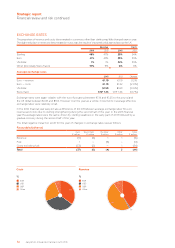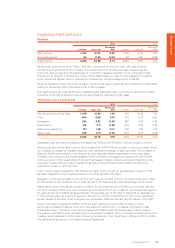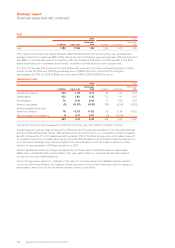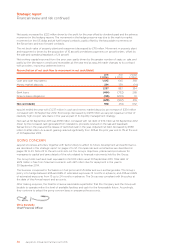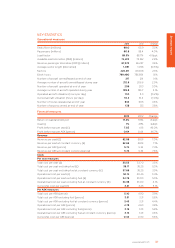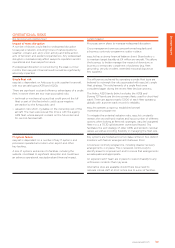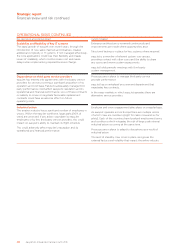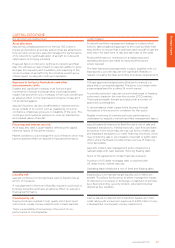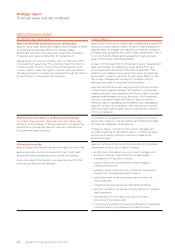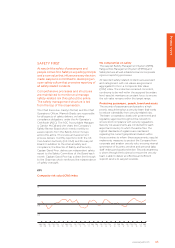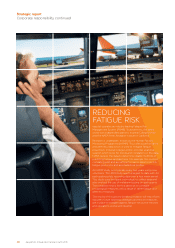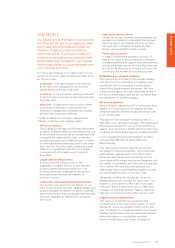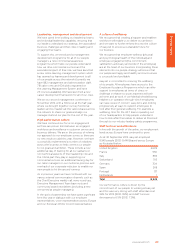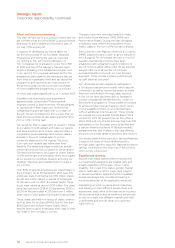EasyJet 2013 Annual Report Download - page 42
Download and view the complete annual report
Please find page 42 of the 2013 EasyJet annual report below. You can navigate through the pages in the report by either clicking on the pages listed below, or by using the keyword search tool below to find specific information within the annual report.
40 easyJet plc Annual report and accounts 2013
OPERATIONAL RISKS CONTINUED
Risk description and potential impact Current mitigation
Scalability and flexibility of key IT systems
The rapid growth of easyJet over recent years, through the
introduction of new sales channels and initiatives, creates
additional complexity in IT systems. If not managed effectively,
the core applications could lose their flexibility and create
issues of scalability, which could increase cost and cause
delays when implementing required business change.
Enterprise architecture is reviewed continuously and
improvements are made where opportunities arise.
Structured testing is in place for key systems where required.
easyJet is a member of relevant system user groups,
providing contact with other users and the ability to share
any issues and review system assessments.
easyJet holds periodic meetings with third party
system management.
Dependence on third party service providers
easyJet has entered into agreements with third party service
providers for services covering a significant proportion of its
operation and cost base. Failure to adequately manage third
party performance could affect easyJet’s reputation and its
operational and financial performance. Loss of these contracts
or inability to renew or negotiate favourable replacement
contracts could have an adverse effect on future
operatingcosts.
Processes are in place to manage third party service
providerperformance.
easyJet has a centralised procurement department that
negotiates key contracts.
In the major markets in which easyJet operates there are
alternative service providers.
Industrial action
The aviation industry has a significant number of employees in
unions. Within the easyJet workforce, large parts (90% of
crew) are unionised. If any action was taken by easyJet
employees or by key third party service providers, this could
impact on easyJet’s ability to maintain its flight schedule.
This could adversely affect easyJet’s reputation and its
operational and financial performance.
Employee and union engagement takes place on a regular basis.
As easyJet operates across Europe there are multiple unions
of which crew are members (eight for cabin crew and six for
pilots). Each of the countries have localised employment terms
and conditions which mitigates the risk of large scale internal
industrial action occurring at the same time.
Processes are in place to adapt to disruptions as a result of
industrial action.
The level of standby crew cover in place recognises the
external factors and volatility that impact the airline industry.
Strategic report
Financial review and risk continued




